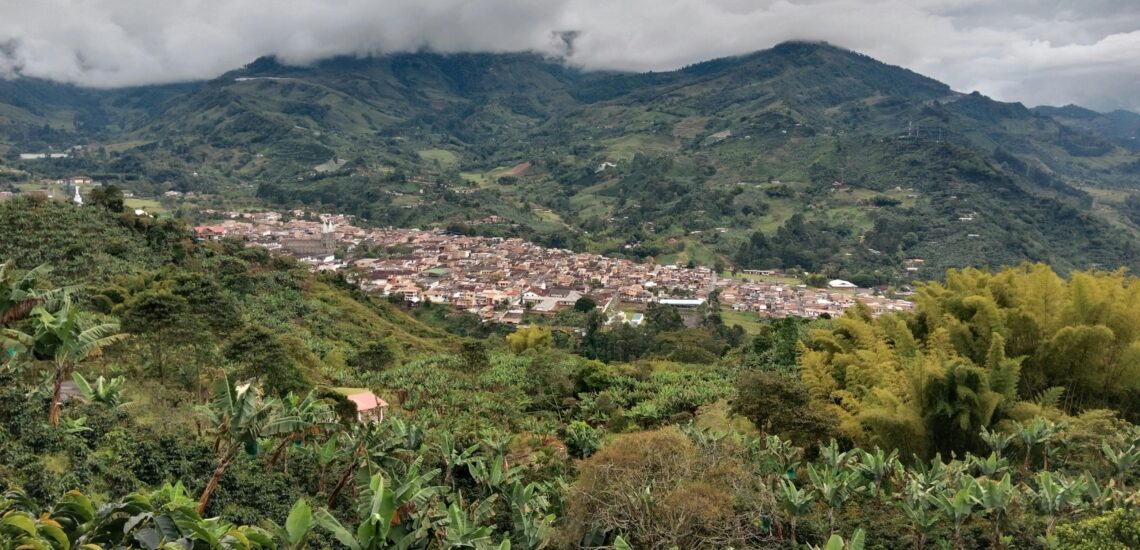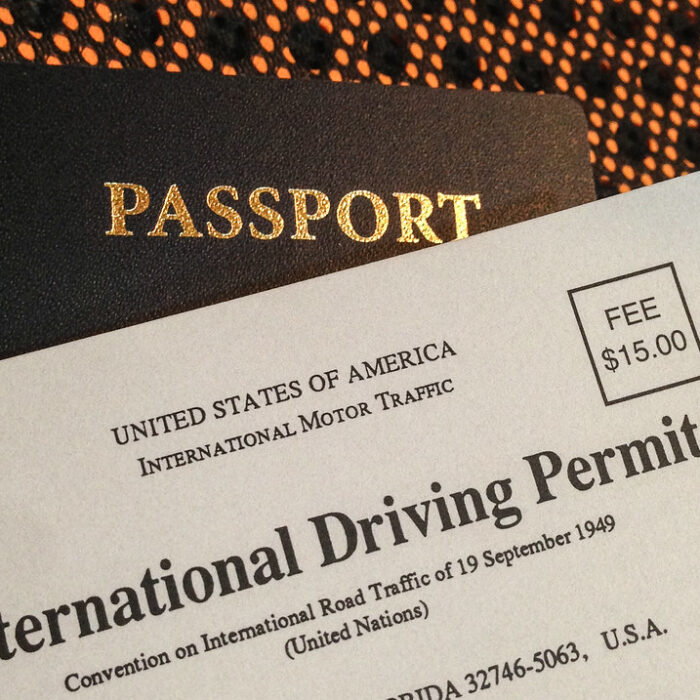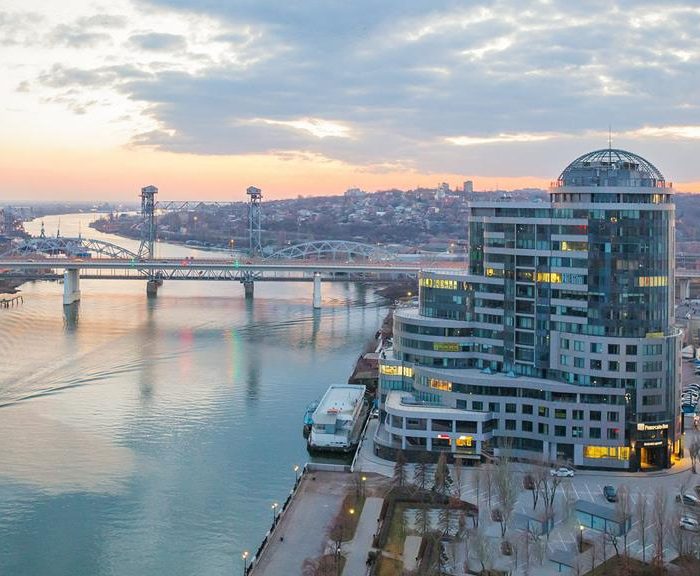10 Interesting Facts About Colombia
Quick facts about Colombia:
- Population: Approximately 52 million people.
- Capital: Bogotá.
- Largest City: Bogotá.
- Official Language: Spanish.
- Currency: Colombian Peso (COP).
- Government: Unitary presidential constitutional republic.
- Major Religion: Roman Catholicism.
- Geography: Located in northwestern South America, Colombia is known for its diverse landscape, including the Andes Mountains, Amazon Rainforest, and Caribbean and Pacific coastlines, covering an area of about 1,141,748 square kilometers.
Fact 1: More than 100 indigenous peoples have survived in Colombia
Colombia boasts one of the most diverse populations of indigenous peoples in South America. According to official records, there are approximately 115 distinct indigenous groups in Colombia, each with its own language, customs, and traditions. Here are a few notable indigenous groups:
- Wayuu: The Wayuu people inhabit the arid region of La Guajira in northern Colombia. Known for their vibrant textiles and intricate weaving techniques, the Wayuu are skilled artisans who create colorful mochilas (bags) and hammocks. They have a matrilineal society and practice traditional ceremonies, such as the “yonna” ritual for adolescent girls.
- Kogui: Living in the Sierra Nevada de Santa Marta, the Kogui are renowned for their spiritual wisdom and ecological stewardship. They consider themselves the “Elder Brothers” responsible for maintaining cosmic balance. The Kogui cultivate ancestral agricultural practices and advocate for environmental conservation.
- Emberá: Residing in the rainforests of the Chocó and Amazon regions, the Emberá people are skilled craftsmen, known for their intricate basket weaving and woodcarving. They maintain close ties to nature, relying on fishing, hunting, and gathering for sustenance.
- Nasa: The Nasa people, also known as the Páez, inhabit the Cauca Department. They are recognized for their resilience and advocacy for indigenous rights. The Nasa practice traditional agriculture, cultivating crops such as maize, beans, and potatoes, while also actively participating in social and political movements.
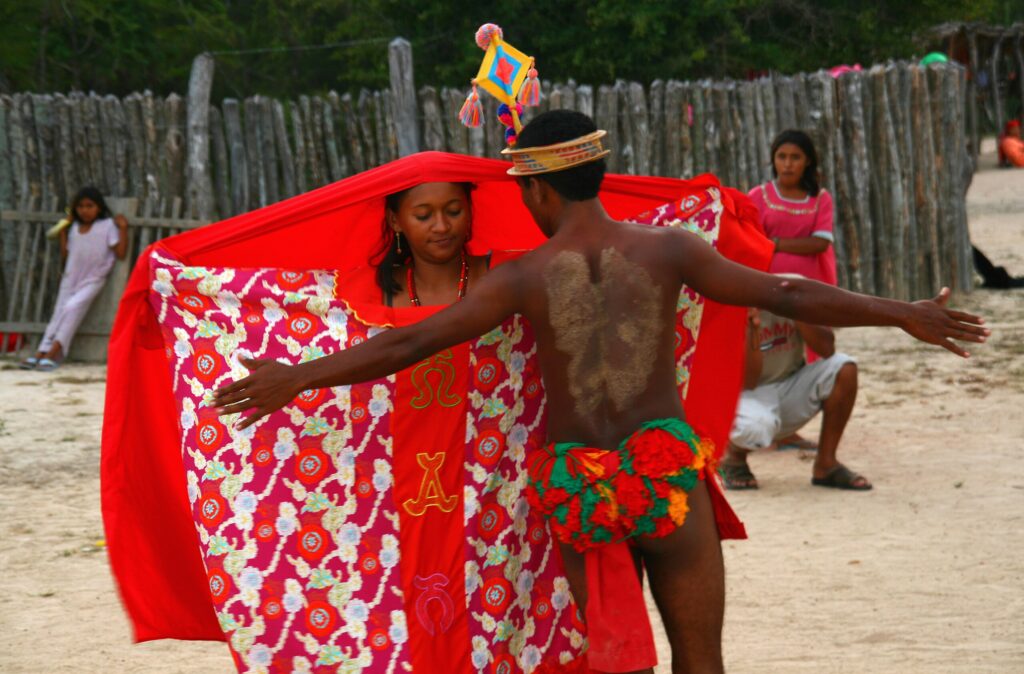 Tanenhaus, CC BY 2.0, via Wikimedia Commons
Tanenhaus, CC BY 2.0, via Wikimedia CommonsFact 2: Colombia is the main coca-growing country
According to various reports, Colombia consistently accounts for a significant portion of global coca cultivation, with estimates fluctuating over time due to eradication efforts and changes in cultivation patterns. The country’s extensive coca cultivation serves as the primary raw material for cocaine production, with organized criminal groups operating clandestine laboratories to process coca leaves into cocaine hydrochloride.
Pablo Escobar, one of the most notorious drug lords in history, hailed from Colombia. As the leader of the Medellín Cartel, Escobar played a central role in the expansion of Colombia’s cocaine trade during the late 20th century. His criminal empire amassed immense wealth and power, fueling violence, corruption, and social instability in Colombia.
Fact 3: The capital Bogota is one of the highest cities
Positioned in the Andean region, Bogotá sits at an elevation of approximately 2,640 meters (8,660 feet) above sea level, making it one of the highest capital cities in the world. Its elevated location influences its climate, with cooler temperatures compared to lower-lying areas and a unique atmospheric pressure that visitors may need time to acclimate to upon arrival.
Note: If you plan to visit the country, check if you need an International Driver’s License in Colombia to drive.
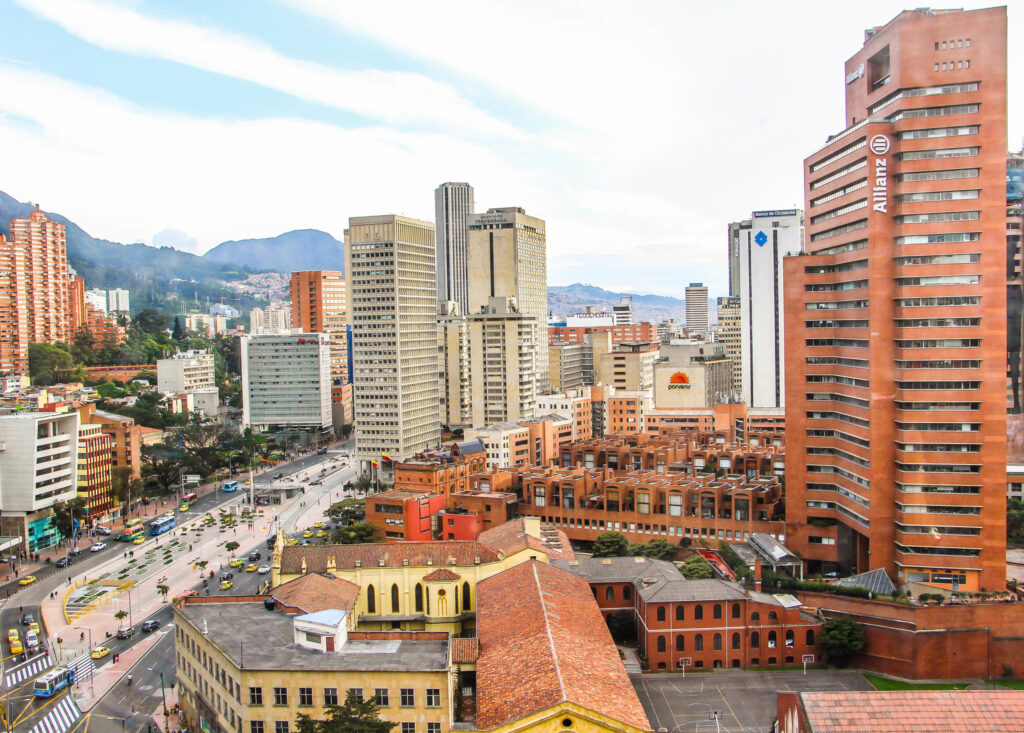 Rosalba Tarazona, (CC BY-SA 2.0)
Rosalba Tarazona, (CC BY-SA 2.0)Fact 4: Colombia is one of the countries with mega-diversity
Colombia is renowned for its remarkable biodiversity, ranking among the world’s most biodiverse nations. Its diverse ecosystems, ranging from lush rainforests to Andean mountain ranges and coastal plains, harbor an extraordinary array of plant and animal species.
Colombia’s mega-diversity is evidenced by its impressive statistics:
- Species Richness: Colombia is home to a staggering variety of species, including plants, animals, and microorganisms. It boasts one of the highest levels of species richness per unit area in the world.
- Endemic Species: A significant proportion of Colombia’s biodiversity consists of endemic species found nowhere else on Earth. These unique species have evolved in isolation within Colombia’s diverse habitats, making conservation efforts crucial for their survival.
- Biodiversity Hotspots: Colombia contains several globally recognized biodiversity hotspots, such as the Andes Mountains and the Chocó-Darién region. These areas exhibit exceptionally high levels of species richness and endemism, highlighting their importance for conservation.
- Conservation Efforts: Colombia has made significant strides in biodiversity conservation, establishing numerous protected areas, national parks, and biological reserves to safeguard its natural heritage. These efforts aim to preserve Colombia’s mega-diversity for future generations and promote sustainable development.
Fact 5: Colombia has 60 national parks
These protected areas encompass a variety of habitats, including rainforests, cloud forests, mountains, coastal regions, and more, providing refuge for numerous plant and animal species.
The Colombian National Parks System, administered by National Parks of Colombia (Parques Nacionales Naturales de Colombia), oversees the management and conservation of these parks. With a total of approximately 60 national parks, Colombia offers opportunities for outdoor recreation, eco-tourism, scientific research, and biodiversity conservation.
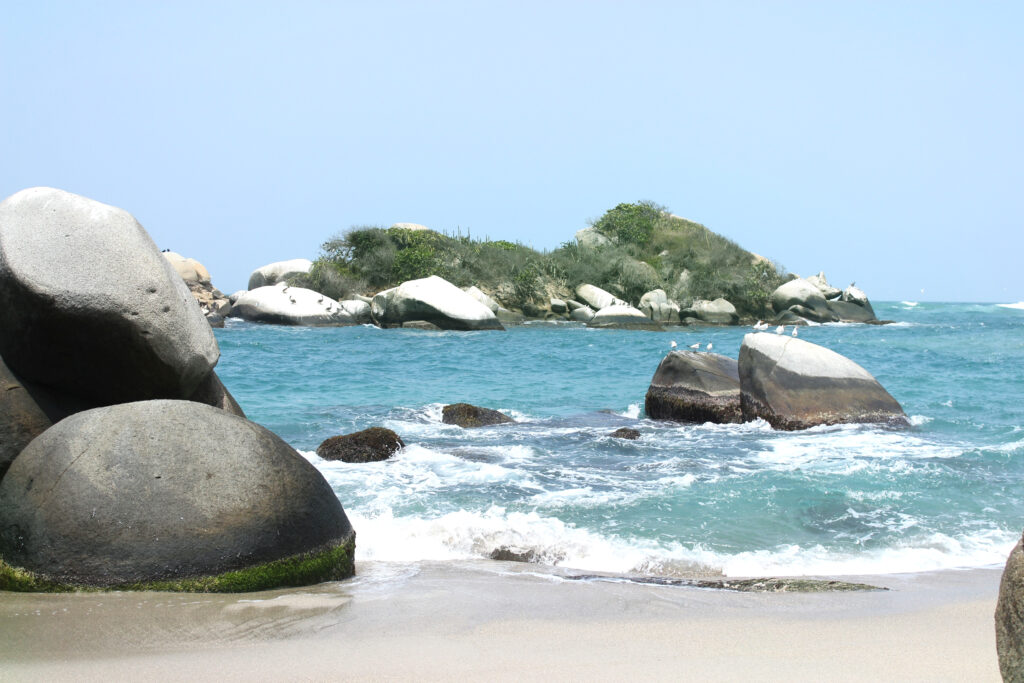 Adventourscolombia, CC BY-SA 4.0, via Wikimedia Commons
Adventourscolombia, CC BY-SA 4.0, via Wikimedia CommonsFact 6: There’s a city in Colombia that gets the most rain in the world.
Leticia, located in the department of Amazonas in southern Colombia, holds the distinction of being one of the wettest cities on Earth in terms of annual precipitation.
Situated in the heart of the Amazon rainforest, Leticia experiences a tropical rainforest climate characterized by high humidity and abundant rainfall throughout the year. The city receives substantial precipitation, often exceeding 3,000 millimeters (118 inches) annually, with rainfall occurring consistently across all months.
The frequent rainfall contributes to the lush vegetation and biodiversity of the Amazon region surrounding Leticia.
Fact 7: Colombia is the second exporter of flowers
Renowned for its vibrant floral industry, Colombia boasts favorable climatic conditions and diverse geographical landscapes that contribute to its success in flower cultivation and export. The country cultivates a wide array of flowers, including roses, carnations, chrysanthemums, and orchids, among others. These flowers are renowned for their quality, freshness, and variety, catering to both domestic and international markets. The floral industry plays a significant role in Colombia’s economy, generating substantial revenue and providing employment opportunities for thousands of workers, particularly in rural areas where flower farms are located. Colombian flowers are exported to destinations worldwide, with major markets including the United States, Europe, and Asia.
 Joe Ross, (CC BY-SA 2.0)
Joe Ross, (CC BY-SA 2.0)Fact 8: There’s a rainbow river in the Columbia
The river referred to is commonly known as “Caño Cristales” or the “River of Five Colors.” Located in the Serranía de la Macarena National Park in the Meta region of Colombia, Caño Cristales is renowned for its stunning display of vibrant colors, including red, yellow, green, blue, and black.
The unique colors of Caño Cristales are the result of a combination of factors, including the presence of various aquatic plants, algae, and mineral deposits on the riverbed. During certain times of the year, typically between July and November when weather conditions are optimal, the river transforms into a breathtaking spectacle of color, attracting visitors from around the world.
Fact 9: There are colorful carnivals in Colombia
Colombia is renowned for its vibrant and culturally rich carnivals, which are celebrated across various regions of the country with fervor and enthusiasm. Among the most prominent and colorful carnivals in Colombia is the Barranquilla Carnival, celebrated annually in the city of Barranquilla. This carnival is one of the largest and most significant cultural events in Colombia, featuring lively parades, elaborate costumes, traditional music and dance, and a festive atmosphere that attracts millions of locals and tourists alike.
In addition to the Barranquilla Carnival, Colombia is home to other colorful carnivals, each with its unique traditions and customs. For example, the Pasto Carnival in the city of Pasto showcases vibrant costumes, indigenous folklore, and lively street performances, while the Black and White Carnival in the city of Pasto combines cultural heritage with artistic expression, featuring elaborate floats, music, and dance to celebrate the diversity of Colombian culture.
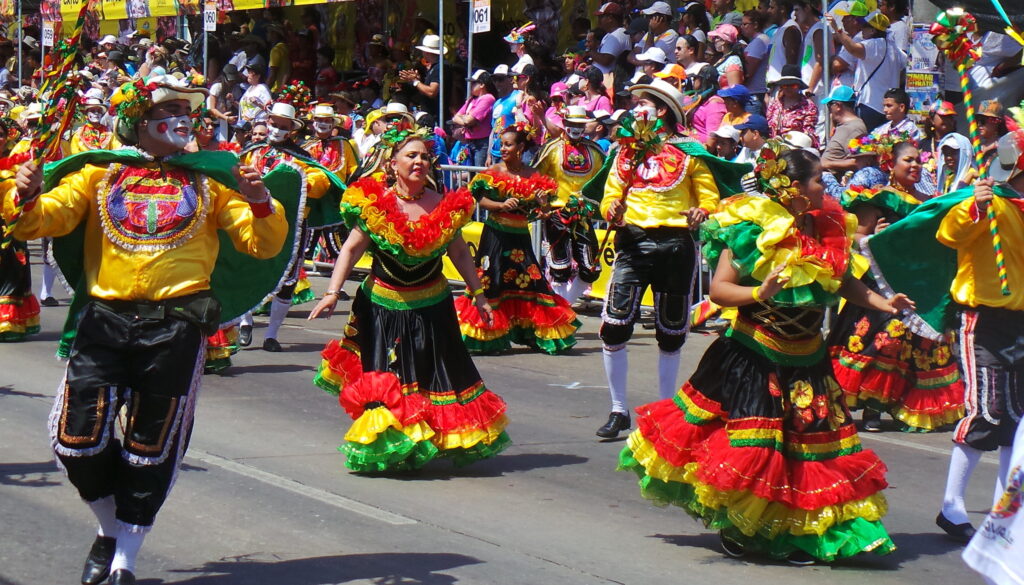 Carnaval.com Studios, (CC BY 2.0)
Carnaval.com Studios, (CC BY 2.0)Fact 10: There’s an underground church in Columbia
One notable example is the Salt Cathedral of Zipaquirá, located in the town of Zipaquirá, approximately 50 kilometers north of Bogotá, the capital of Colombia. This remarkable underground church is carved within the tunnels of a salt mine, showcasing impressive architecture, sculptures, and religious symbolism.
The Salt Cathedral of Zipaquirá is considered one of Colombia’s most significant religious and architectural landmarks, attracting visitors from around the world. It features a series of cavernous chambers, each adorned with sculptures and crosses carved directly into the salt rock walls. The cathedral’s main nave, known as the “Cathedral Chamber,” houses a towering cross and serves as a focal point for religious services and ceremonies.

